Can statistics help to uncover the ocean’s secrets?
There are still many mysteries about the ocean. While this vast store of water is known to support life and help mitigate the impacts of climate change, scientists are constantly making new discoveries about how the ocean functions. At Dalhousie University in Nova Scotia, Canada, Professor Joanna Mills Flemming and her team are developing new statistical methods to study ocean data, uncovering insights into fish populations and how the ocean’s inhabitants will respond to climate change.
Talk like a statistical ecologist
Acoustic sensor — a device that uses sound waves to detect the presence of objects
Algal bloom — a rapid increase in the population of algae
Carbon sink — a natural environment which absorbs carbon dioxide from the atmosphere
Mark-recapture — a technique to estimate animal populations when it is impractical to count every individual
Ocean data — observations of or from the ocean, including ocean temperature, currents and chemistry, and marine animal population counts and movement tracks
Population dynamics — how a population size changes in time and space
The Earth is often called the ‘Blue Planet’, because the ocean occupies over two thirds of its surface area. The ocean is home to a huge diversity of plant and animal life and plays a crucial role in mitigating the effects of climate change. “The ocean (which is one body of water, divided into the Pacific, Atlantic, Indian and Arctic Oceans) stores an estimated 90% of the excess heat caused by climate change and about 25% of human-caused carbon dioxide emissions, making it an incredible carbon sink,” says Professor Joanna Mills Flemming, a statistician at Dalhousie University in Nova Scotia, Canada. However, scientists are discovering that the ocean’s ability to act as a carbon sink is changing, and further research is required to find out why, and how this change may be affecting the ocean’s inhabitants.
Studying the seas with statistics
Joanna works with a team of statisticians, fisheries scientists, oceanographers and marine ecologists in the Statistical Ecology at Dalhousie Laboratory (SEaDAL), where researchers use statistical methods with ocean data to gain deeper insights into how marine ecosystems work. SEaDAL brings together university researchers from various disciplines, including oceanography, biology and statistics, with those working in government, industry and conservation organisations to address a wide range of ocean-related questions, from the population dynamics of marine life to coastal flood risk.
The challenges of data collection
“There are a range of interesting ocean-related problems that remain unsolved, due in part to our general inability to observe the ocean directly,” explains Joanna. This inability is not surprising, considering the average depth of the ocean is around 3.5 km and, at almost 11 km below the ocean’s surface, the deepest part of the ocean (the Mariana Trench) is about 2 km further from sea level than the summit of Mount Everest!
Marine scientists use modern technologies to gather data about the ocean and the animals that live within it. For example, satellite images taken from space can provide information about water surface temperatures and algal blooms, while acoustic sensors in the ocean can detect shoals of fish and delineate the shape of the ocean floor. Tags attached to marine animals can enable scientists to track their movement.
Catching fish
In ecological research, a common method for studying populations of marine animals, such as fish, is the mark-recapture technique. This involves catching a large group of fish in a specific area, tagging each captured individual, then releasing them back into the ocean. Later, when scientists return to the same area to catch a similar number of fish, it is reasonable to assume that some of them may already be tagged because they were also part of the first catch. By comparing the total number of recaptured fish to the total number captured, the total number of fish in the area can be estimated.
Researchers in SEaDAL are investigating whether an alternative method, the close-kin mark-recapture approach, can provide a more accurate and efficient way to estimate fish populations. This involves collecting a sample of fish and analysing their DNA to determine whether any of the fish have kin relationships (i.e., are parents and offspring). These genetic tags can be used within the close-kin mark-recapture framework to estimate the size of the fish population as well as other demographic parameters. “We have learnt a lot about using close-kin mark-recapture,” says Joanna. “Not only can it provide reliable estimates of population size, but it can also tell us much about the genetic health of the population.”
Incorporating local knowledge
Joanna and the SEaDAL team also collaborate with people who live and/or work by the sea, such as fishers and Indigenous communities, to gather information about the ocean from their lived experiences. “We attempt to build statistical models that fully integrate these data,” she explains. Joanna develops models which enable her to separate measurement uncertainty from the uncertainty in our understanding of the processes that are causing changes in the ocean. These models reveal key insights into the systems she studies, such as the population dynamics of different fish species.
“Our research is important as it helps us to understand ocean processes,” says Joanna. The SEaDAL team is increasing scientific understanding of the ocean’s plants and animals, as well as the ocean itself. “By building statistical tools to model these processes, we are able to better understand how these might be affected by climate change.” This knowledge can help future scientists and researchers manage ocean environments and adequately prepare for the impacts of climate change.
 Professor Joanna Mills Flemming
Professor Joanna Mills Flemming
Department of Mathematics and Statistics, Statistical Ecology at Dalhousie Laboratory (SEaDAL), Dalhousie University, Canada
Fields of research: Statistics, marine ecology
Research project: Developing new statistical methods for ocean data analysis
Funders: Natural Sciences and Engineering Research Council of Canada (NSERC), Mitacs, Canada First Research Excellence Fund, Canadian Statistical Sciences Insitute (CANSSI)
About statistical ecology
Having a solid knowledge of mathematics and statistics is hugely important for solving ecological problems and helping marine conservation efforts. “Statistics allows us to connect theory with data, enabling us to challenge our ideas, refine them and develop new ones,” explains Joanna. “For example, new and/or improved understanding of how marine animals are interacting with their environments can help us to effectively manage and protect critical marine resources.”
The joys of statistics
“Being a statistician is exciting and rewarding,” says Joanna. Statisticians can work on a huge range of interesting problems and their research can add value to any discipline. Joanna chose to work in marine ecology, but there are many other areas where statisticians have much to contribute, from related fields such as land-based ecology, to applied sciences such as medicine, and even to business.
Being a statistician focused on marine ecology and fisheries science brings its own rewards. “I like to work on important problems that impact those who live in my community as well as to contribute more broadly to a better world,” says Joanna. “I also love working in a team environment and with people who know things that I don’t. The challenge is always in ensuring that I know enough about the problem of interest to be useful.”
Pathway from school to statistical ecology
At school and beyond, study mathematics and take any available statistics and applied mathematics courses to learn statistical skills. Study biology to learn about ecology.
You will be introduced to different aspects of marine science in biology (ecology and population dynamics), chemistry (water chemistry and chemical reactions), oceanography (physical, chemical and biological processes in the ocean), physics (physical reactions) and geography (marine ecosystems and landscapes).
You can approach a career in statistical ecology from different directions, depending on your interests and the area you want to focus on. University degree options include statistics, applied mathematics, data science, ecology, environmental science, marine biology and oceanography.
If you decide to study an ecology-related degree, take as many statistics classes as possible. “The quantitative skills possessed by statisticians are the most in demand and the hardest to acquire, so focus on learning statistics and statistical methods,” advises Joanna. “Learn how to collect, store, visualise and model data and how to understand uncertainty.”
If you choose to study a statistics-related degree, take classes in ecology and oceanography to learn about how to apply your statistical knowledge in these fields.
Explore careers in statistical ecology
Learn more about the range of marine statistical ecology research conducted by the SEaDAL team: www.stat-ecol-dal.com
CANSSI supports scientists as they develop statistical methods and models to uncover insights from data: www.canssi.ca
The Statistical Society of Canada has resources for students and educators: www.ssc.ca/en/education
The Ecological Society of America has a Statistical Ecology section: www.esa.org/stats
The Royal Statistical Society has information about how to become an environmental statistician: www.rss.org.uk/jobs-careers/career-development/types-of-job/environmental-statistician
Reference
https://doi.org/10.33424/FUTURUM485
An Ocean Tracking Network glider deployed off the coast of Nova Scotia to gather ocean data
© Nicolas Winkler Photography, courtesy of the Ocean Tracking Network
SEaDAL researchers monitor the health of commercially harvested scallop populations
© Jessica Sameoto, Department of Fisheries and Oceans
A huge scallop harvested off the coast of Nova Scotia
© Tricia Pearo-Drew
© Raphael McDonald
© Raphael McDonald
Sunset in Nova Scotia
© David Keith, Department of Fisheries and Oceans
Meet Joanna
When I was younger, I loved soccer, fashion and probability! I was intrigued by the ability to calculate the probability of something occurring (e.g., a soccer team winning a game) and to use this knowledge to assess risks and rewards.
At school, I loved math because the answer is either right or wrong, whereas English is far more subjective and the answer is often open to debate. I had a great Grade 10 math teacher, Mr Russell Boyle, who inspired me to become a statistician.
My undergraduate degree was a combined honours in mathematics, statistics and computer science. I then completed a Master’s degree in engineering mathematics, followed by a PhD in statistics. Living by the ocean and working at Dalhousie University, a world leader in ocean-related research, motivated me to focus my statistical work on ocean data.
I am very proud of my graduate students. I care deeply about them and seeing them achieve their dreams inspires me every day.
There has been a lot of discussion about the lack of women in STEM research and how our representation decreases with career advancement. My advice to girls interested in pursuing a career in STEM is to go for it – the sky is the limit! Work hard and have some fun along the way.
Do you have a question for Joanna?
Write it in the comments box below and Joanna will get back to you. (Remember, researchers are very busy people, so you may have to wait a few days.)
Learn how quantitative ecologists use statistical models to answer ecological questions:
www.futurumcareers.com/how-can-statistical-models-answer-ecologys-big-questions

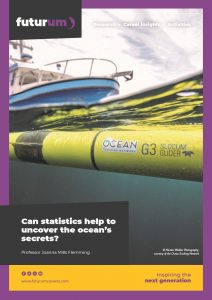
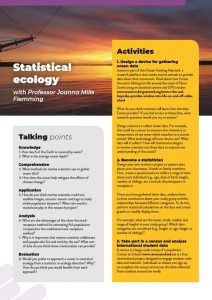
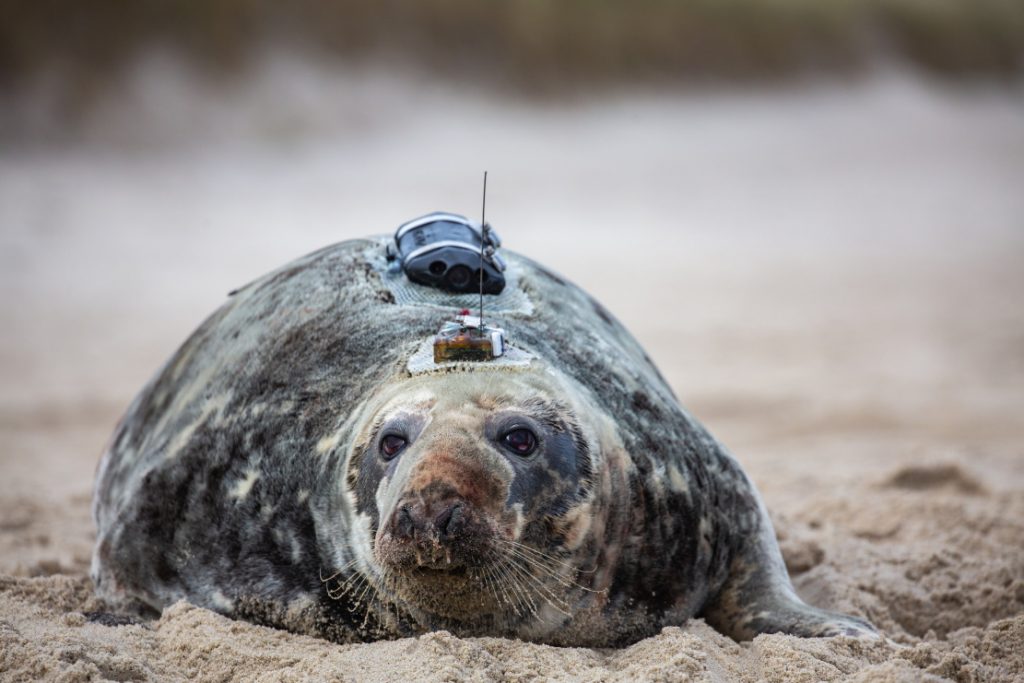

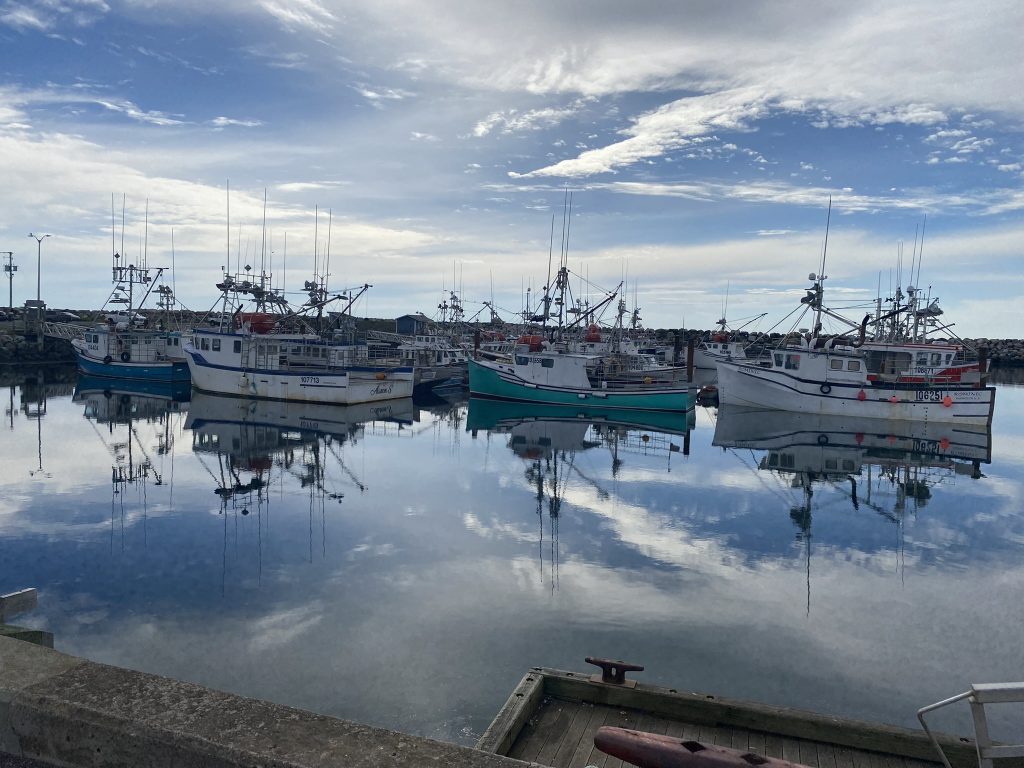
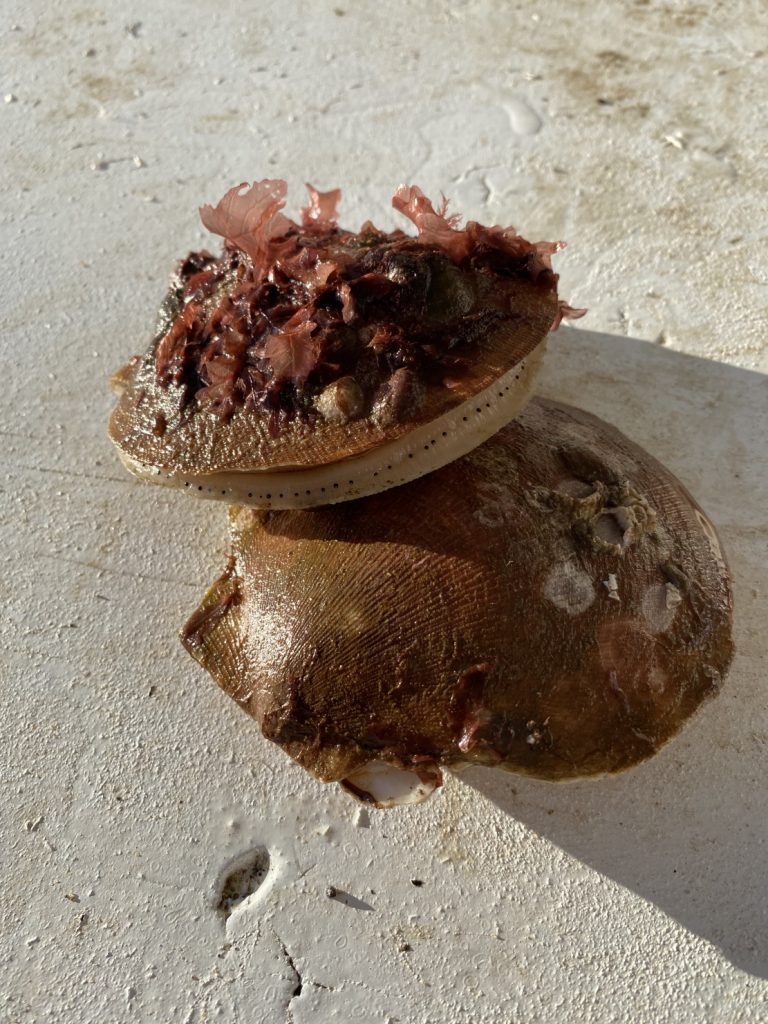
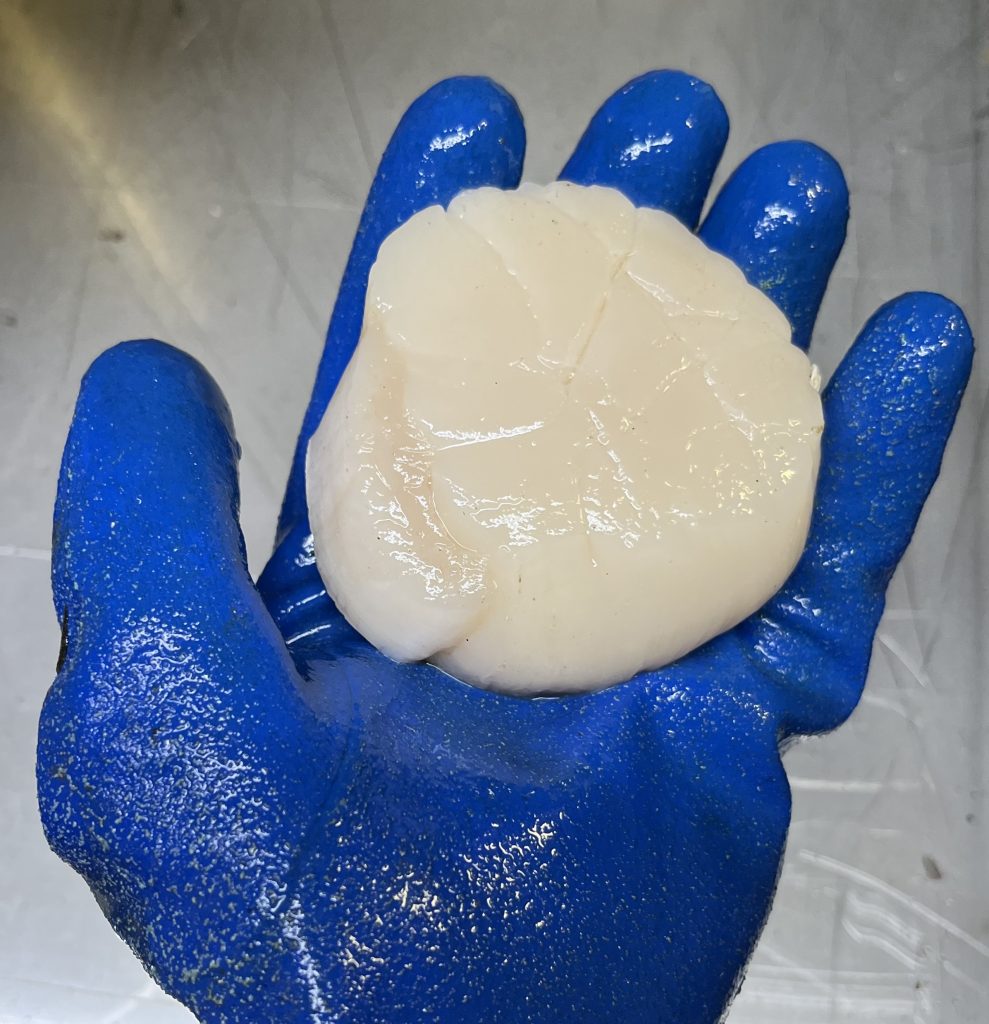
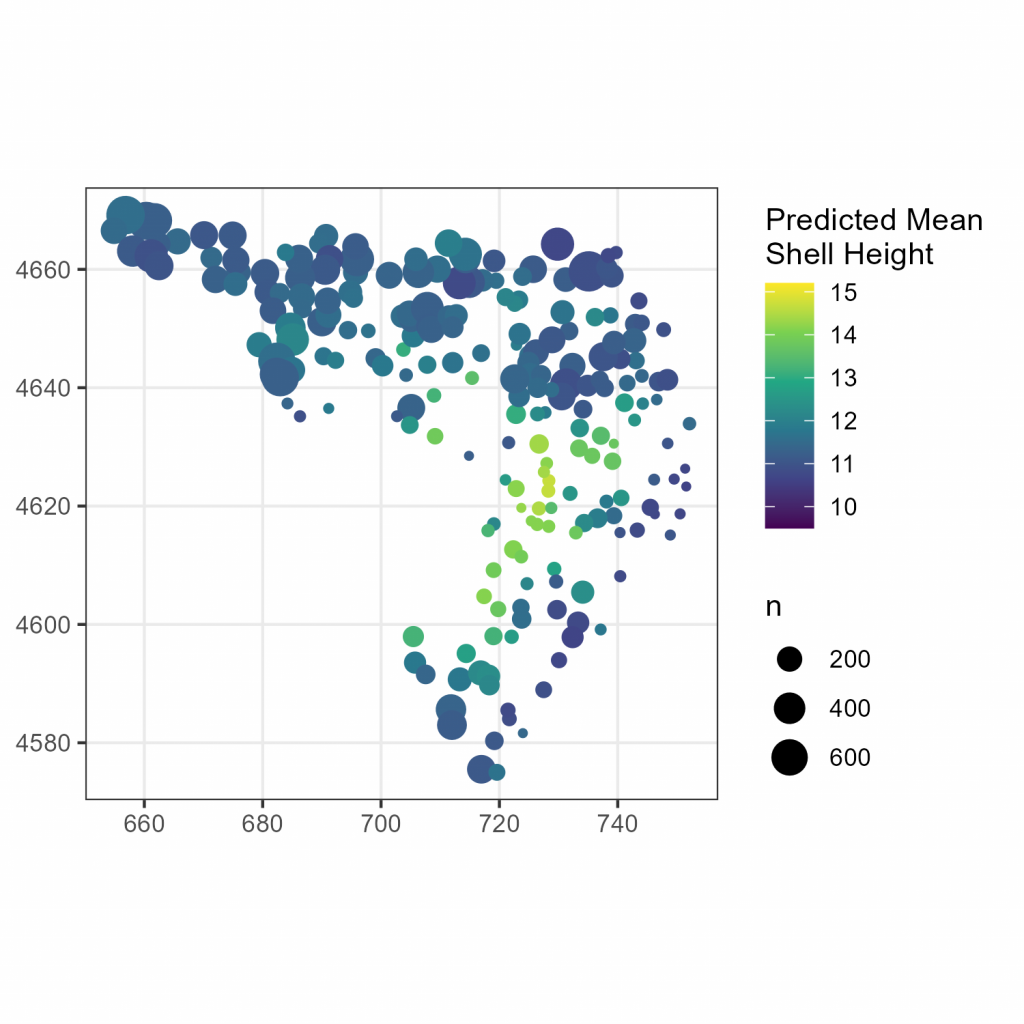
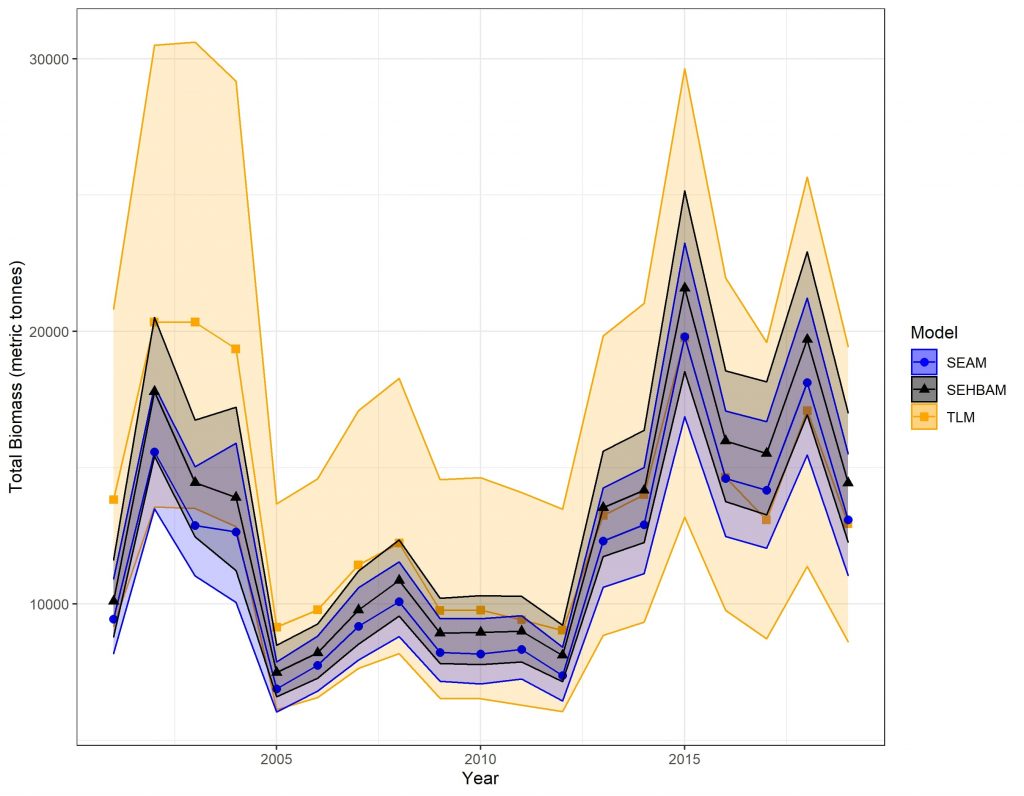
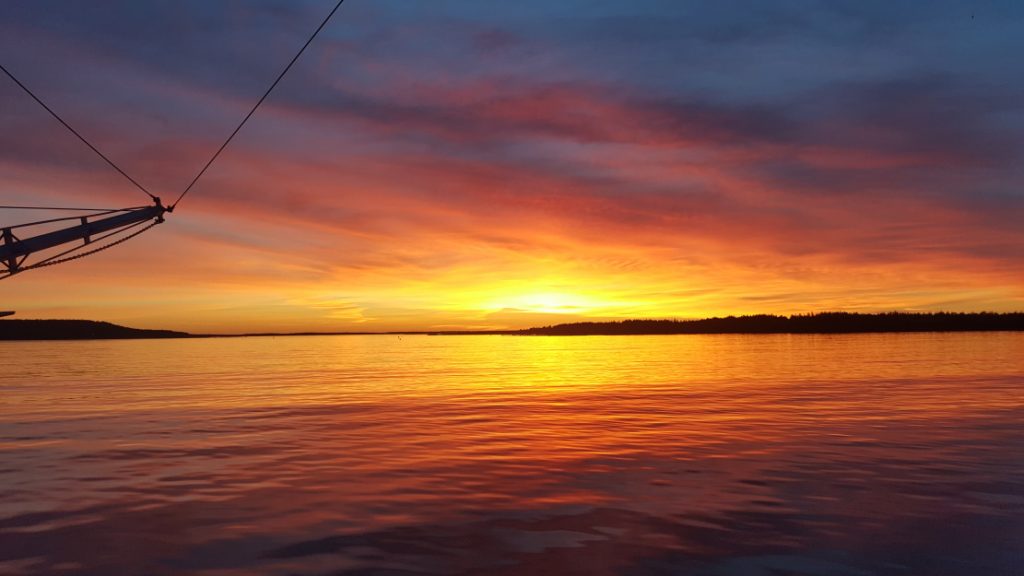

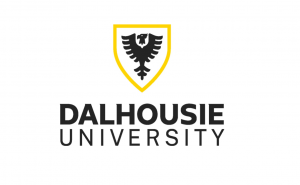
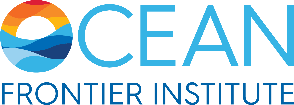
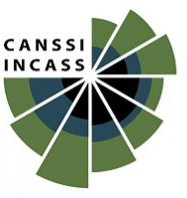

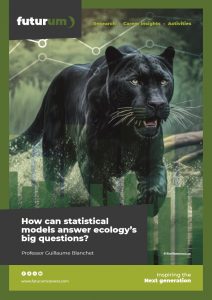
0 Comments